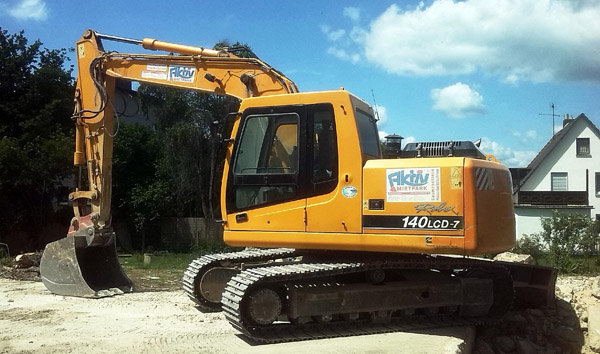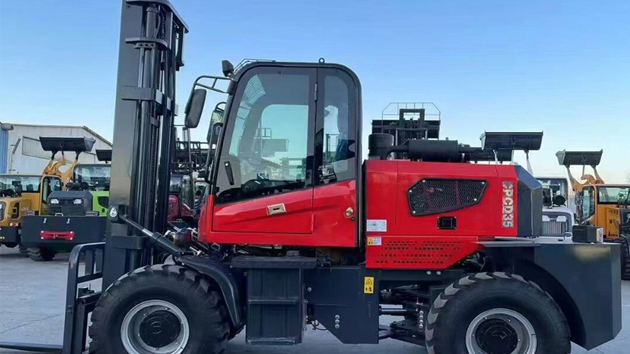Navigating the Financial Landscape of Rough Terrain Forklifts: A Cost-Benefit Breakdown
2025-07-07 05:25:29
Rough Terrain Forklifts are indispensable in industries like construction, agriculture, and mining, where uneven surfaces demand robust lifting solutions. Unlike standard forklifts, these machines feature heavy-duty tires, enhanced suspension, and powerful engines, making them ideal for outdoor operations. However, their specialized design comes at a premium—initial purchase prices range from $50,000 to $150,000, depending on capacity and features. When conducting a rough terrain forklift cost-benefit analysis, buyers must weigh this capital expenditure against productivity gains and durability in harsh environments.
Operational costs play a pivotal role in the rough terrain forklift cost-benefit equation. Fuel consumption for diesel-powered models averages 3–5 gallons per hour, translating to $20–$40 hourly at current fuel prices. Electric alternatives, though quieter and eco-friendly, require frequent recharging and battery replacements, adding $5,000–$10,000 every 3–5 years. Maintenance is another critical factor; rough terrain forklifts experience 15–20% higher upkeep costs due to wear from uneven ground. However, their ability to handle 5,000–15,000 lbs loads in challenging conditions often justifies these expenses by reducing downtime and secondary equipment needs.
Productivity metrics significantly influence the rough terrain forklift cost-benefit outcome. Industry data shows these machines can move 30–50% more material per shift compared to traditional forklifts in similar outdoor settings. For example, a construction site using a rough terrain forklift reported a 40% reduction in manual labor hours, saving $15,000 monthly. Additionally, their versatility in handling pallets, lumber, and heavy equipment minimizes the need for multiple machines, streamlining operations. When calculating ROI, businesses should factor in these efficiency gains alongside hard costs.
The lifespan of rough terrain forklifts further impacts their cost-benefit profile. With proper maintenance, these machines typically last 10–15 years—2–3 times longer than standard forklifts in comparable environments. Resale value is another consideration; well-maintained units retain 40–60% of their original value after 5 years. For companies with long-term projects, this durability enhances the rough terrain forklift cost-benefit ratio by spreading the initial investment over more productive years.
Finally, safety and regulatory compliance add intangible value to the rough terrain forklift cost-benefit analysis. OSHA reports indicate a 22% lower injury rate on sites using specialized equipment like rough terrain forklifts for heavy lifting. Their stability on uneven ground reduces accident risks, potentially lowering insurance premiums by 10–15%. When combined with productivity and longevity advantages, these benefits solidify the case for investing in rough terrain forklifts despite higher upfront costs.














